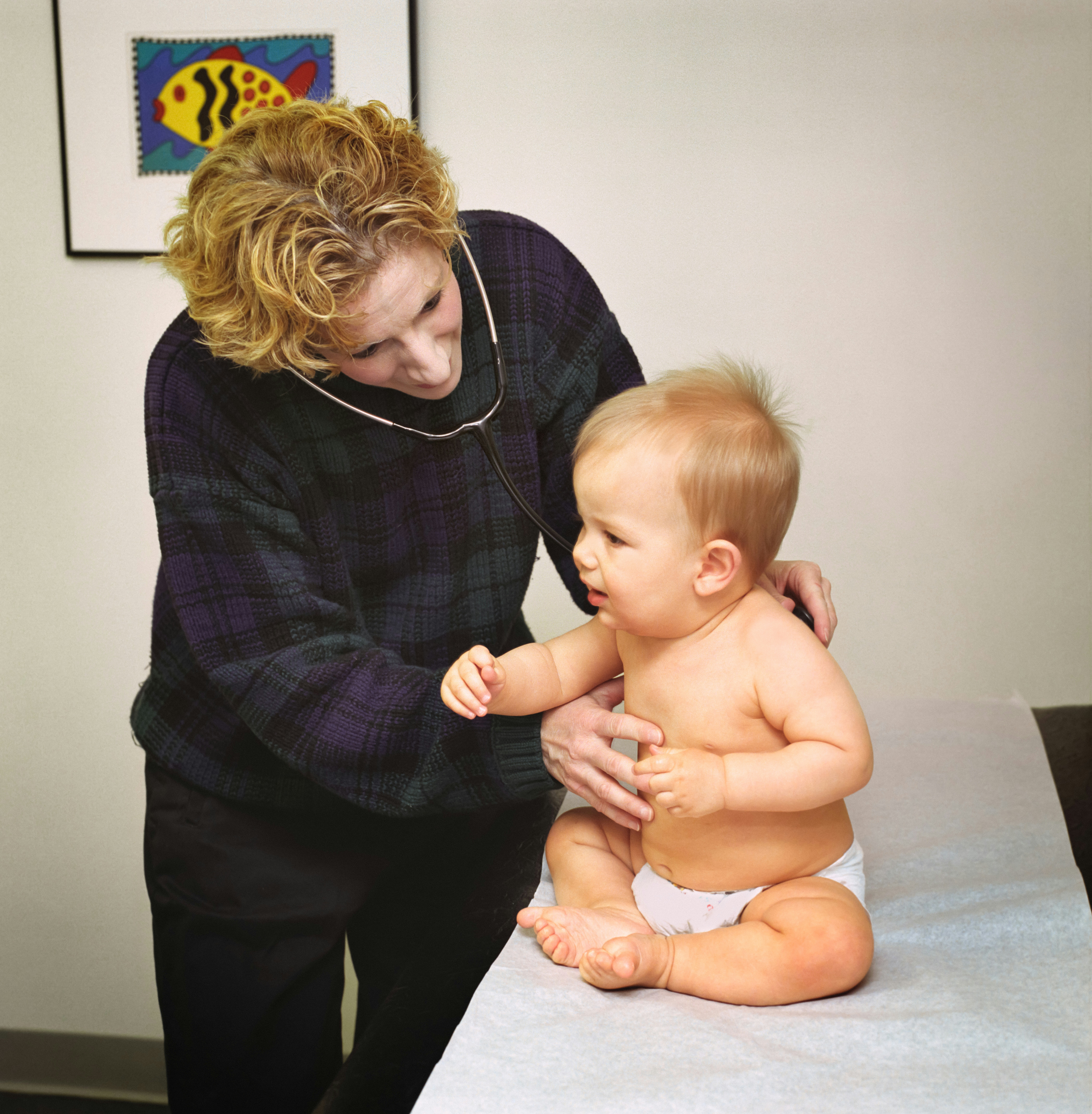As parents, we all want the best for our kids. We try to feed them the most nutritious meals, educate them about the importance of exercise, and make sure that they lead a healthy and balanced lifestyle. We do all of this because we understand that staying healthy is incredibly important in securing a vibrant and successful future. However, in today’s world, with the prevalence of junk food and screen time, a silent epidemic is creeping into our households – obesity. This condition is not just about a few extra pounds; it’s a health hazard that can lead to numerous complications later in life. But here’s the good news: early intervention can make all the difference, and your doctor is an essential player in this journey. They can spot potential risk factors and help you take proactive steps towards the health of your little ones. So, in this article, we are going to share with you the top four signs that healthcare providers look for to spot obesity risks in youth.

Genetics
Genes play a big role in determining a child’s chances of being overweight. If a child has one or both parents who are overweight, the chance of the child becoming overweight is much higher. Plus, certain genes can set the stage for obesity later in life. One gene example is the FTO gene, also known as the “fat mass and obesity-associated gene.” Children with changes in this gene might eat more, increasing their risk of obesity. Doctors often ask about family health history to see if there are any patterns that could mean a risk for obesity. This way, they can predict risks early and give parents helpful advice to prevent these risks.
Food Choices
Food choices can also be a strong indication of the possibility of being overweight. Eating too many processed foods, sugary drinks, and unhealthy fats, but not enough fruits, veggies, and whole grains can lead a child to become obese. Doctors usually look at a child’s eating habits, how often they eat fast food, if they have sugary drinks, and if they eat high-calorie snacks. If these unhealthy eating habits continue, it can raise concerns about the possibility of obesity. Healthcare providers can then help families develop healthier eating habits, by replacing harmful foods with nutritious options and promoting a more balanced approach to meals and snacks.
Lifestyle
The way a child lives is important for determining if they might become overweight. If they spend too much time watching screens or not moving around much, it could make them more likely to be obese. For example, if a child spends most of their free time playing video games, watching TV, or using a smartphone instead of doing physical activities like biking, playing sports, or even just walking the dog, it might be a sign of a potentially harmful lifestyle. Doctors often ask about what the child does every day and how active they are. If they can tell early on that the child is not active enough, they can help the family come up with ways to include more physical activity in their routine. This can help lower the risk of obesity.
Sleep Habits
Not getting enough sleep or having irregular sleep patterns in children can surprisingly be a sign of potential obesity risk. Sleep is an important factor that affects various aspects of health, including weight management. When children don’t get enough sleep, their bodies tend to make more of the hunger hormone, which can lead to overeating. They also make less of the hormone that signals fullness to the brain. This imbalance can result in eating more calories, leading to weight gain and possibly obesity. Tired kids are also less likely to be active during the day, burning fewer calories. Doctors often look at sleep habits when assessing a child’s obesity risk. Restoring good sleep habits can help prevent childhood obesity and promote overall health and well-being.
Conclusion
To identify obesity risks in young patients, it is important to look beyond obvious factors. This includes considering their diet, physical activity, genetics, sleep habits, and screen time. Parents and caregivers should be aware of these signs and work closely with doctors for early detection and intervention. This not only helps combat childhood obesity but also promotes a healthier, more active lifestyle and protects children’s long-term health. Regular check-ups, encouraging physical activities, ensuring nutritious meals, and maintaining healthy sleep patterns are proactive steps to reduce obesity risks. Remember, early detection is crucial for preventing potential health issues and ensuring a healthy future for our children.






